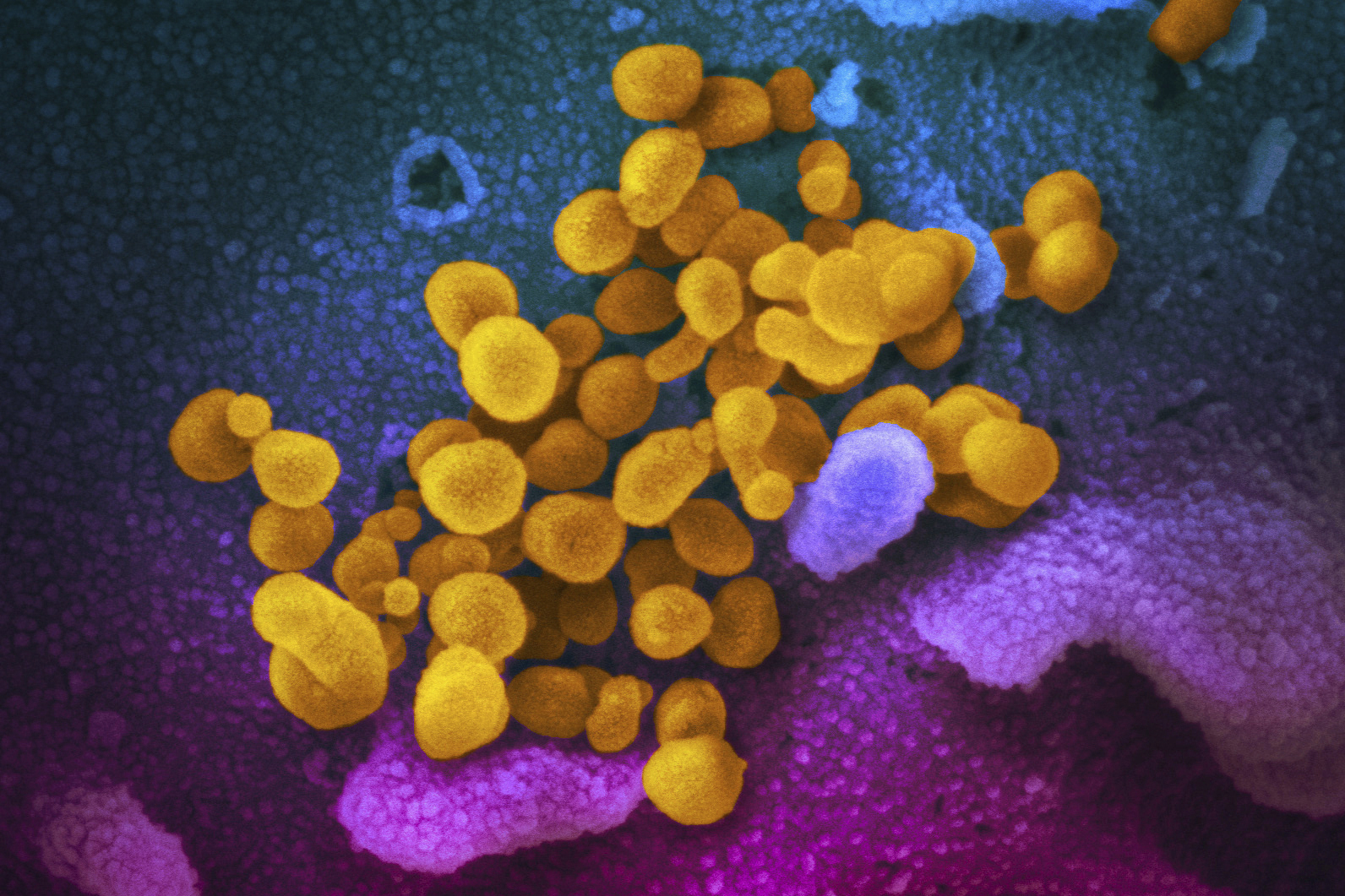Experts say that a newly-uncovered trove of documents detailing plans to create a Covid-like virus in China months before the pandemic makes the ‘lab leak almost certain’.
According to these records, obtained by FOIA requests, a plan to ‘engineer spike proteins’ to infect human cells was laid out in December 2018. The WiV (Wuhan Institute of Virology) is mentioned several times in these documents as a location for experiments to take place.
The records also suggest that these proteins would then be ‘inserted into SARS-Covid backbones’ at the infamous Wuhan virology lab. One year later, in late 2019, the Covid-19 virus emerged with a uniquely adept ability to infect humans, causing a global pandemic.
It is important to note that the records were produced by EcoHealth Alliance, a New York-based non-profit group that channels US government grants to fund these types of experiments.
However, the US Department of Defense denied the application, preventing the experiments from taking place. But critics warn that the plans laid out in the proposal serve as a ‘blueprint’ for how to create Covid. Some experts also claim, based on the documents, that the existence of the virus was almost certain due to the presence of Uracil or U in its RNA sequence, which is a highly unusual characteristic.
This newly released information is still stirring up controversy. Last year, the World Health Organization stated that it was ‘highly likely’ the virus was transmitted from animals to humans, with theories of a lab leak as the possible origin considered to be unlikely. However, the new data has revealed a potentially different story. The WHO has now launched a new investigation into the matter, and China has faced increased scrutiny and calls for transparency in this situation.

















